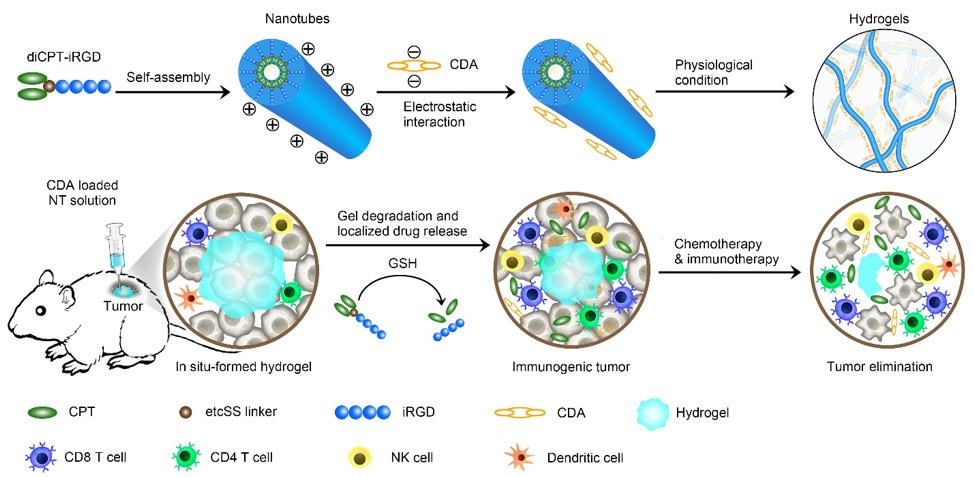Designing a HIV Self-Testing Platform Incredible advances in testing and treatments for people living with HIV/AIDS (PLWHA) have been made over the years. Antiretroviral therapies, which reduces the virus’s ability to replicate, have helped to suppress the virus and slow the disease’s progression. By lowering viral load, HIV/AIDS becomes a more manageable disease. Even with all the advances HIV is still a global health concern.
The goal is to make the device inexpensive, portable, user-friendly, and have a rapid testing time. Making this possible requires the team to miniaturize everything from the assays to the sample testing sizes. The team plans to use magnetofluidic technology, which manipulates magnetic particles for processing biofluid samples, and does not need the use of fluidic actuation instrumentation in the device. Once Challenges to global HIV/AIDS management the design is completed, the team will test how includes having testing available to untested, well it performs with monitoring viral loads high-risk populations, and helping PLWHA for PLWHA and testing for acute infections in routinely test their viral load. Routine viral resource-limited areas. load testing for PLWHA can help them better manage their disease and potential for transmission. To address this, Jeff Wang, core researcher at the INBT and professor in the Mechanical Engineering Department, and a multi-disciplinary team of researchers, were awarded $3 million by the National Institutes of Health to develop a diagnostic device for self-testing viral load.
8 research














